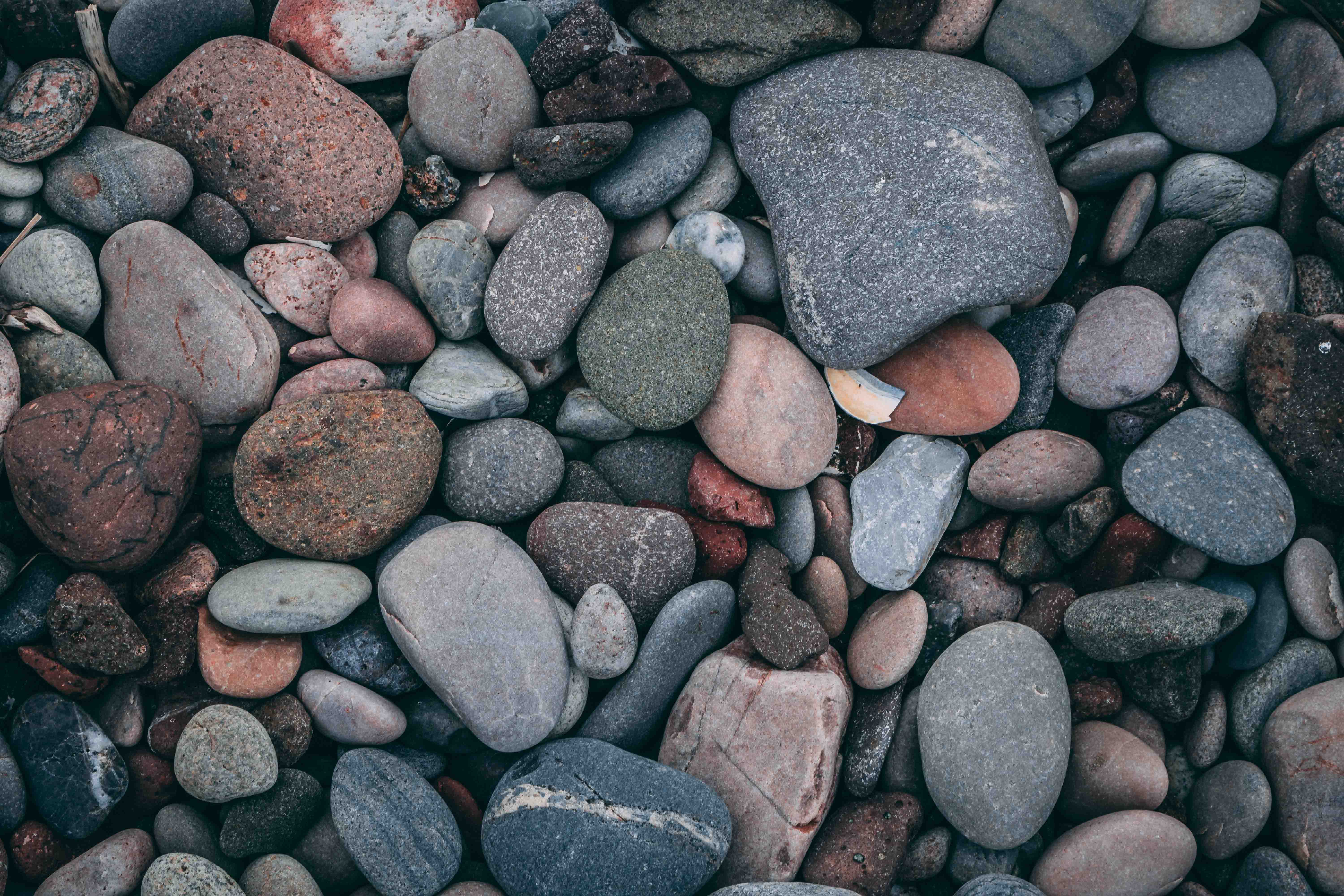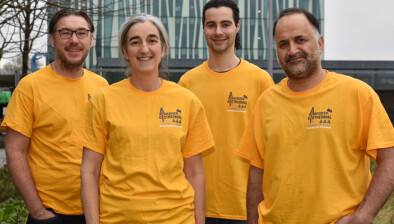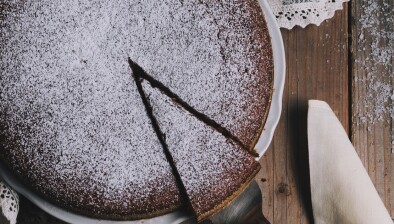And finally… salt of the earth

Move over, modern builders — 7,000 years ago, the team at Provadia–Solnitsata in Bulgaria were already raising multi-storey homes, managing a booming salt trade, and performing some very unusual “construction rituals”.
Archaeologists digging at the site this summer uncovered what they’re calling “construction sacrifices” — offerings to household spirits buried under new builds. Forget topping-out ceremonies — these folks were burying deer skulls, dog bones, flint tools, and pottery to keep the spirits happy. One house had several such offerings, as if the foreman wasn’t taking any chances with the local inspectors from the afterlife.
The settlement, believed to be Europe’s oldest salt-production centre, was no small operation. Around 400 people lived there, running salt works that made them the prehistoric equivalent of property developers with deep pockets. The salt money clearly went far — archaeologists found luxury finishes, painted walls, and imported Hellenic pottery.
But not everything was straightforward. AZERTAC reports that some of their homes had foundations so deep, modern engineers still can’t figure out how they kept two- and three-storey clay buildings standing — especially with a one-tonne oven on the second floor.
And just like any good construction site, there were disputes — arrowheads suggest rival crews tried to muscle in on the salt trade. Still, the locals held their ground.
The team even found an ancient clay “emoji” — a grumpy little face moulded into a floor. Maybe the world’s first builder’s expression of frustration?
Professor Vasil Nikolov, head of the dig, says the site is helping rewrite early European history. But for anyone in the trade, it mostly proves one thing: even 7,000 years ago, builders had their superstitions, teamwork, and the occasional mysterious shortcut.














